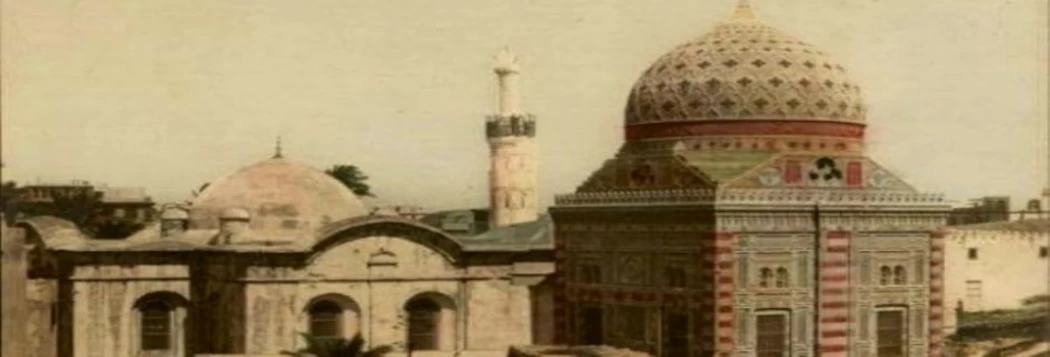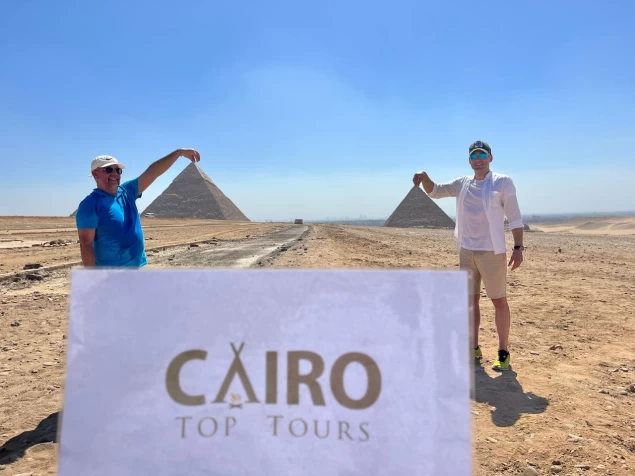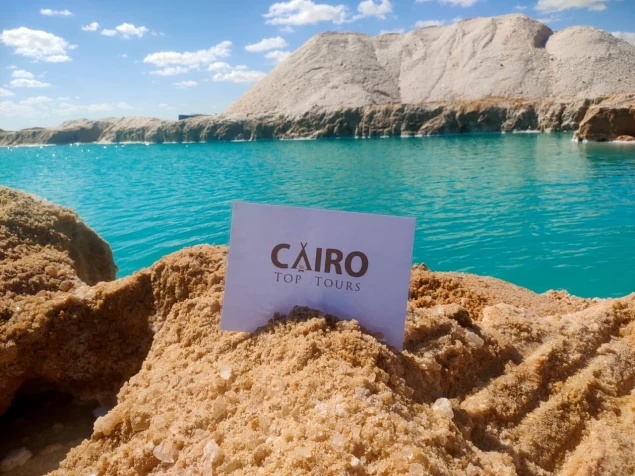
History of El Nabi Daniel Mosque
Prophet Daniel Mosque is attributed to one of the knowledgeable of Allah, Sheikh Mohammed Daniel Al-Musali, one of the sheikhs of the Shafi'i doctrine. He was buried in the mosque, and his mausoleum has become a shrine for people.The mosque is considered one of the oldest mosques in Egypt; its walls are decorated with ancient Islamic motifs, and it is a shrine for many tourists, especially Asians, who are keen to visit the mausoleum located under the mosque, which is said to be of the Prophet Daniel.
Description
The prayer house or the worshipper consists of a rectangular space divided into eight arcades by seven marble columns bearing semicircular columns, there is an apse of the mihrab on the southeast side, and a rectangular door opening leading to the mausoleum opens on the Northeast wall, which is a rectangular space with an octagonal opening in the middle of its floor surrounded by an octagonal in the middle of the floor of the mausoleum are two wooden structures, one of which contains the Tomb of Sheikh Mohammed Daniel Mosul or, as the prophet Daniel believed, the other includes a tomb known as the Tomb of Luqman the wise, although historical sources did not address the correctness or error of this designation.
The women's prayer hall is located in the northwestern corner and is a rectangular space with a wooden partition for women's prayer.
The shrine
There is a story that when Alexandria was conquered by Amr ibn al-As during the reign of Caliph Omar ibn al-Khattab, may Allah be pleased with them, soldiers found the place with iron locks surrounding a basin of green marble. So they informed Umar ibn al-Khattab about this, and Ali ibn Abi Talib (may Allah be pleased with him) asked about them, and he said to him: This is the Prophet of Allah, Daniel. Umar ordered to fortify his grave so that the robbers would not touch it.
However, several archaeologists doubt this version and confirm that the mausoleum located in the mosque at a depth of about five meters is for Sheikh Mohammed Daniel mosali, a righteous man who came to Alexandria at the end of the eighth century AH,.
it has a night every year in the month of Ramadan, and it is a follower of the Waqf, and this mosque has a burial dedicated to the Khedive family, in which the late Muhammad Said Pasha, his son tusun Pasha and others are buried. This mosque has been associated with several legends, including that the prophet Daniel was buried there, and it was also associated with the idea of searching for the Tomb of Alexander the Great, but the research and excavations carried out at this mosque in the late nineteenth and early twentieth centuries refuted these ideas.
Architectural planning
Mr. Hassan Abdel Wahab, who disagrees with this opinion based on the fact that the style of its construction does not correspond to the style of buildings dating from the era of Muhammad Ali Pasha, so Mr. Hassan Abdel Wahab attributed the date of its construction to the buildings of the twelfth Hijri/seventeenth century AD.
The layout of the mosque consists of a rectangular area fronted by an open nave or aisle, on the north-western side of which there is a water cycle and a light. The mosque has one main facade, the south-western facade, and the main entrance of the mosque is located there, where this entrance leads to the prayer house and is divided into two sections, the first section is a men's prayer room, and the second section is dedicated to women's prayer.
The prayer house or the worshipper consists of a rectangular space divided into eight arcades by seven marble columns bearing semicircular columns, there is an apse of the mihrab on the southeast side, and a rectangular door opening leads to the mausoleum opens on the Northeast wall, which is a rectangular space with an octagonal opening in the middle of its floor.














